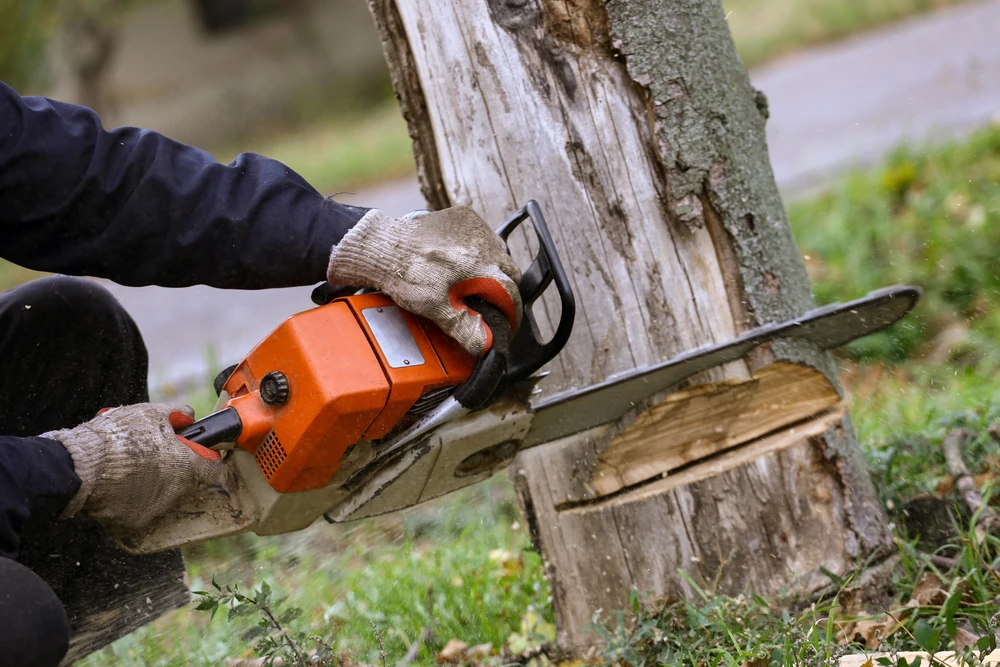When a tree has leaves on only one side, it is often an indication of a phenomenon called “one-sided growth” or “asymmetrical growth.” Several factors can contribute to this issue:
Light Availability
Trees require adequate sunlight to photosynthesize and produce energy for growth. If a tree is planted near a structure, such as a building or another tree, it may be shaded on one side, resulting in reduced light availability. The shaded side of the tree may have sparse foliage or no leaves at all.
Wind Exposure
Strong prevailing winds can affect tree growth, particularly if they consistently come from one direction. The wind can cause desiccation (drying out) of foliage and limit growth on the exposed side of the tree, resulting in an asymmetrical appearance.
Pruning or Trimming
Improper pruning or trimming techniques can lead to one-sided growth. If a tree has been pruned heavily on one side, it can disrupt the natural balance of the tree and cause new growth to occur more vigorously on the unpruned side.
Physical Damage
Physical damage, such as injuries from construction equipment, animal activity, or accidental impact, can impact tree growth. If a tree sustains damage on one side, it may respond by producing more foliage on the undamaged side.
Soil Conditions
Soil conditions, including variations in moisture, nutrient levels, or compaction, can affect tree growth patterns. If the soil on one side of the tree is less favorable or has poor drainage, it can result in reduced growth and foliage production on that side.
Disease or Pest Infestation
Certain diseases or pest infestations can affect tree growth and lead to asymmetrical foliage distribution. Examples include diseases like root rot or pests like borers that primarily attack one side of the tree.
If your tree is experiencing one-sided growth, it is essential to assess the underlying factors and address any issues if possible. Consultation with an arborist or tree care professional can help determine the specific cause and provide guidance on appropriate actions, such as pruning, improving light conditions, or addressing soil issues.




